bathroom cement board
cliffdog0
9 years ago
Related Stories

TILEEpoxy vs. Cement Grout — What's the Difference?
Grout is grout, right? Nope. Cement and epoxy versions have different appearances, durability and rules of installation
Full Story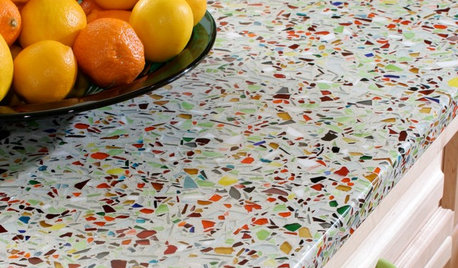
KITCHEN DESIGNKitchen Counters: Sturdy, Striking Recycled Glass With Cement
Ecofriendly and full of character, this heat- and scratch-resistant material is a great fit for custom kitchen counters
Full Story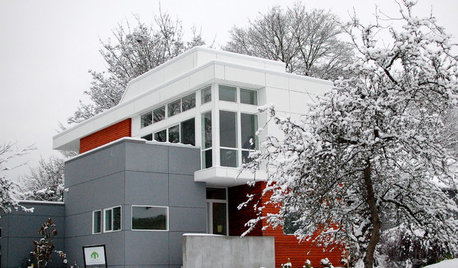
REMODELING GUIDESSeal the Deal With Fiber Cement Siding
Chameleon-like, durable and low maintenance, fiber cement gives home exteriors of all shapes and styles a winning edge
Full Story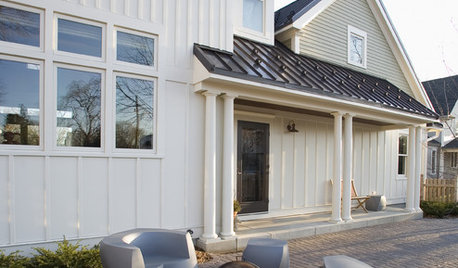
REMODELING GUIDESRenovation Detail: Board and Batten Siding
Classic board and batten siding adds timeless appeal to traditional homes, modern structures and every style in between
Full Story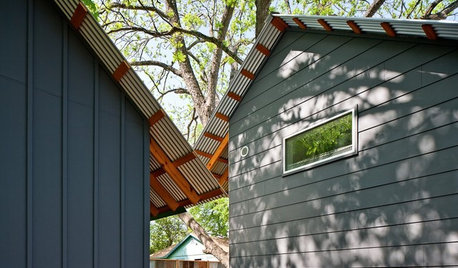
REMODELING GUIDESFiber Cement Siding Takes a Front Seat
Not just a wood or vinyl substitute, fiber cement is a stellar siding choice in its own right for modern home exteriors
Full Story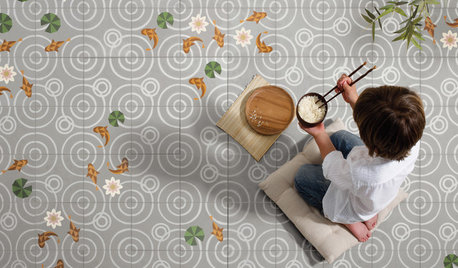
TILEWorld of Design: How Modern Geometric Designs Are Reinventing Cement
Intricate and eye-catching, the patterns of today’s cement tiles mark a break with their past while preserving an age-old technique
Full Story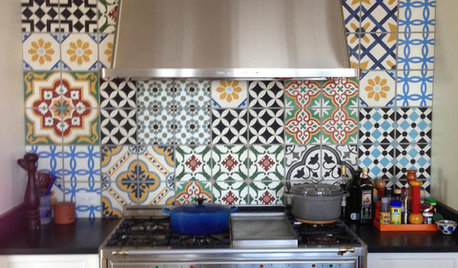
TILESo Many Reasons to Love Cement Tiles
You’ll notice their beautiful patterns right away, but cement tiles have less obvious advantages too
Full Story
DECORATING GUIDESCornice Boards Strike a Strong Top Note
Structured and sturdy yet just as elegant as valances, cornice boards slip neatly into classic, eclectic and modern spaces
Full Story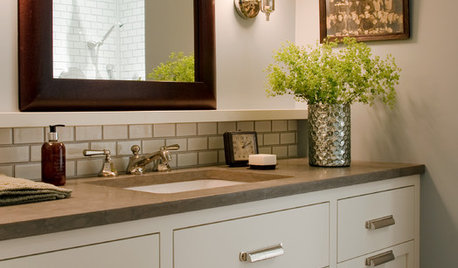
BATHROOM DESIGNOld-School Swagger for a Modern Bath
Sepia photos, a leather-look floor and crisp finishes make for a room that’s dapper but appeals across the board
Full Story





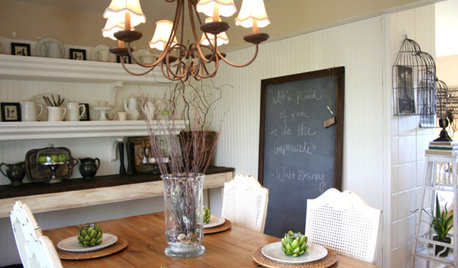
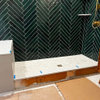
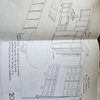

User
Joseph Corlett, LLC
Related Professionals
Moraga Kitchen & Bathroom Designers · White House Kitchen & Bathroom Designers · Terryville Kitchen & Bathroom Designers · Normal Kitchen & Bathroom Remodelers · Blasdell Kitchen & Bathroom Remodelers · Londonderry Kitchen & Bathroom Remodelers · Stanford Interior Designers & Decorators · Four Corners General Contractors · Groveton General Contractors · Los Lunas General Contractors · Montclair General Contractors · Northfield General Contractors · Pocatello General Contractors · Post Falls General Contractors · Valle Vista General ContractorsUser
MongoCT
aidan_m
sombreuil_mongrel